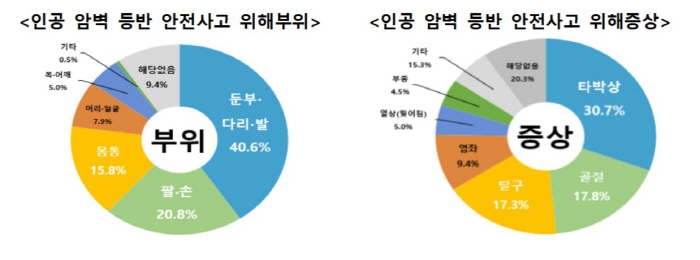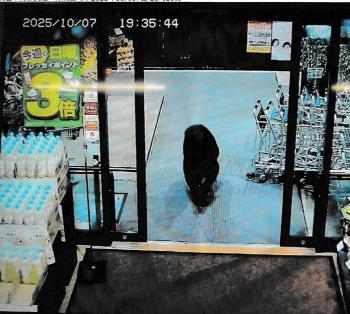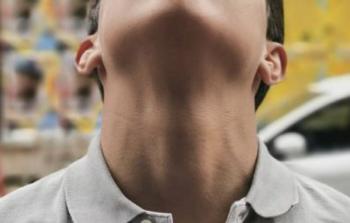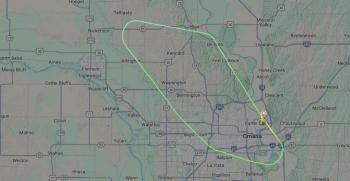As the number of sports climbing users increases, safety accidents surge...Almost 10 times in 4 years
Oct 22, 2025
As the number of indoor artificial rock climbing users who climb artificial rocks installed on the wall with their bare bodies increases, accidents such as falls due to non-compliance with safety rules continue to occur.
A total of 202 artificial rock climbing-related safety accidents have been reported to the Korea Consumer Agency's Consumer Risk Monitoring System (CISS) over the past five years (2020-2024), increasing from 13 in 2020 to 124 in 2024. Accordingly, the Korea Consumer Agency issued a consumer safety warning to prevent indoor artificial rock climbing-related safety accidents.
According to an analysis of 183 safety accidents with age confirmed by the Korea Consumer Agency, '20s' accounted for the most with 50.8% (93 cases), followed by '30s'18.6% (34 cases), and 'under the age of 10'15.3% (28 cases). Accidents under the age of 10 are analyzed to be due to the increase in climbing experience spaces in amusement facilities such as classes for children and kids cafes.
Most of the causes of the accident were 'fall' (83.7% and 169 cases), and many injuries were caused by unsafe descent methods and inappropriate landing posture.
Most indoor artificial rock walls are operated in a 'bouldering' method of climbing bare-bodied rock walls without strings. Although it is recognized as a sport with a low entry barrier due to the need for separate equipment, it is easy to lose your guard by relying on floor mats, and care should be taken because impact can be transmitted directly to the body in case of a crash, leading to major injuries.
The most common areas of harm were the buttocks, legs, and feet' (40.6% and 82 cases), followed by the arms and hands' (20.8% and 42 cases). It is analyzed that this is because the ankle is damaged during the landing process, or the wrist and elbow are often injured while reflexively touching the hand.
By symptom, 'bruised' was the most common with 30.7% (62 cases), but there were not a few cases of serious injuries such as 'fractured' (17.8% and 36 cases) or '" dislocated" (17.3% and 35 cases).
To prevent indoor artificial rock climbing safety accidents, the Korea Consumer Agency recommended that ▲ beginners use it after receiving guidance from a professional instructor, ▲ warm up sufficiently before climbing to prevent injury, ▲ grab a hold (handle) and slowly come down after finishing, ▲ When landing, distribute the impact with both feet and bend your knees to land.
A total of 202 artificial rock climbing-related safety accidents have been reported to the Korea Consumer Agency's Consumer Risk Monitoring System (CISS) over the past five years (2020-2024), increasing from 13 in 2020 to 124 in 2024. Accordingly, the Korea Consumer Agency issued a consumer safety warning to prevent indoor artificial rock climbing-related safety accidents.
According to an analysis of 183 safety accidents with age confirmed by the Korea Consumer Agency, '20s' accounted for the most with 50.8% (93 cases), followed by '30s'18.6% (34 cases), and 'under the age of 10'15.3% (28 cases). Accidents under the age of 10 are analyzed to be due to the increase in climbing experience spaces in amusement facilities such as classes for children and kids cafes.
Most of the causes of the accident were 'fall' (83.7% and 169 cases), and many injuries were caused by unsafe descent methods and inappropriate landing posture.
Most indoor artificial rock walls are operated in a 'bouldering' method of climbing bare-bodied rock walls without strings. Although it is recognized as a sport with a low entry barrier due to the need for separate equipment, it is easy to lose your guard by relying on floor mats, and care should be taken because impact can be transmitted directly to the body in case of a crash, leading to major injuries.
|
By symptom, 'bruised' was the most common with 30.7% (62 cases), but there were not a few cases of serious injuries such as 'fractured' (17.8% and 36 cases) or '" dislocated" (17.3% and 35 cases).
To prevent indoor artificial rock climbing safety accidents, the Korea Consumer Agency recommended that ▲ beginners use it after receiving guidance from a professional instructor, ▲ warm up sufficiently before climbing to prevent injury, ▲ grab a hold (handle) and slowly come down after finishing, ▲ When landing, distribute the impact with both feet and bend your knees to land.
This article was translated by Naver AI translator.














